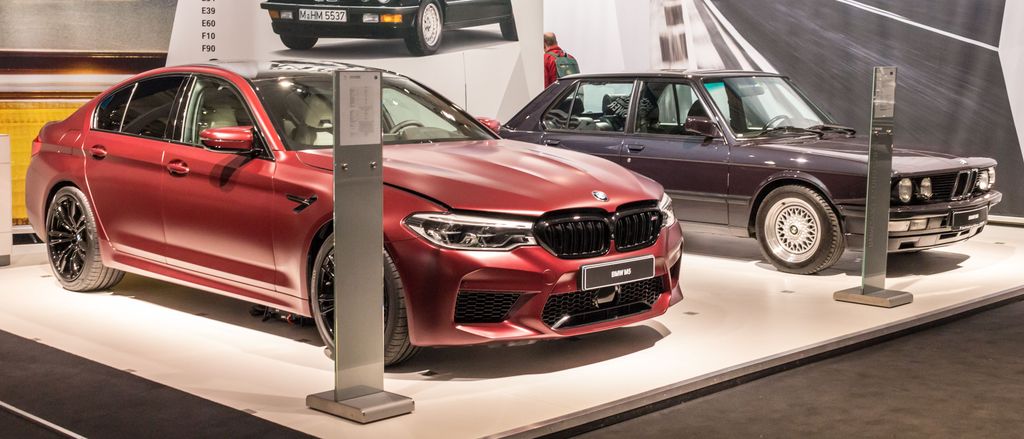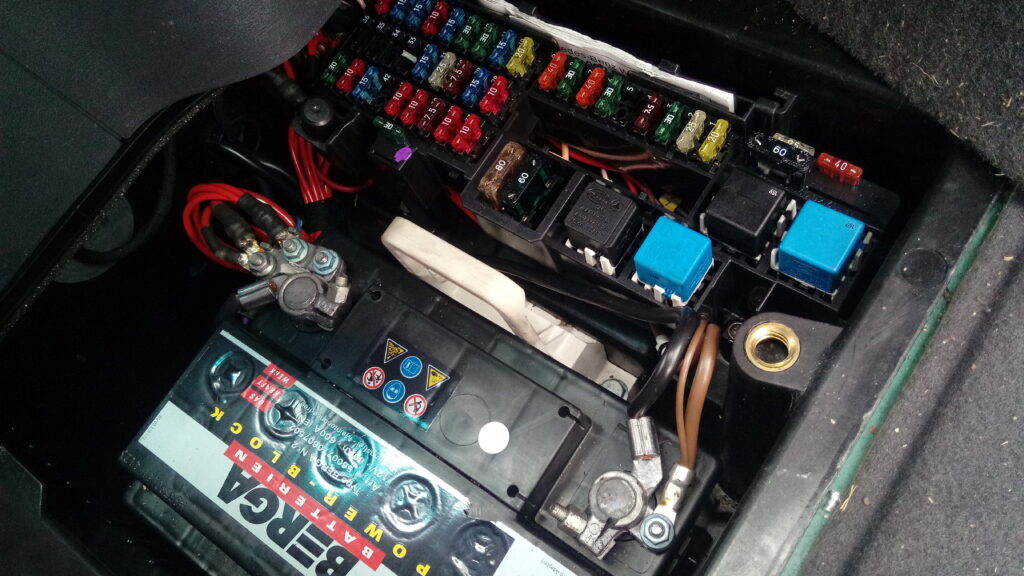
For many American consumers, the purchase of a new vehicle represents a significant investment, with safety often ranking as the utmost priority, especially for families. The familiar 5-Star Safety Rating program, prominently displayed on dealership window stickers and widely publicized, has long served as a trusted beacon, guiding buyers toward vehicles deemed “safe.” This seemingly clear-cut system promises peace of mind, implying that a top rating guarantees superior protection in various scenarios. Yet, beneath this reassuring facade, there’s a growing concern that this widely accepted benchmark might be presenting an incomplete, even misleading, picture of true automotive safety.
The National Highway Traffic Safety Administration (NHTSA) introduced its 5-Star Safety Rating Program in 1979, primarily to encourage automakers to enhance vehicle crashworthiness—how effectively a car protects its occupants during a collision. This initiative has been undeniably successful, fostering significant engineering advancements that result in most modern passenger vehicles achieving excellent scores in traditional crash tests. However, the definition of vehicle safety has dramatically expanded. Today, sophisticated technologies are designed not just to lessen injury *after* an impact, but, crucially, to prevent accidents from occurring in the first place. This evolution highlights a critical divergence between public perception and the current scope of official safety ratings.
Authoritative bodies like the National Transportation Safety Board (NTSB) have voiced strong criticisms regarding the program’s serious shortcomings. NTSB Chair Jennifer Homendy explicitly stated in June 2022 that the 5-Star Safety Rating Program “fails consumers” and is approaching “near irrelevance” because it neglects to incorporate modern collision-avoidance and other vital safety technologies. This isn’t a minor oversight; it’s a fundamental flaw that leaves car buyers vulnerable, relying on a system that simply hasn’t kept pace with rapid innovations in vehicle safety. It’s imperative for informed consumers to understand precisely why these ratings might be misleading and what comprehensive safety truly entails in today’s automotive landscape.

1. **The Faltering Foundation: NHTSA’s 5-Star Program’s “Near Irrelevance”**The core contention surrounding the NHTSA 5-Star Safety Rating Program, as sharply articulated by NTSB Chair Jennifer Homendy, lies in its outdated framework. In June 2022, Homendy declared that the program “fails consumers” by omitting crucial collision-avoidance and other advanced technologies from its evaluation. This glaring omission, she warned, renders the program close to “near irrelevance,” compromising its fundamental mission to inform and protect the American public. The system, once groundbreaking, now lags significantly behind contemporary safety innovations.
Homendy’s pointed critique underscores a profound disconnect. While the 1979 rating system successfully spurred improvements in crashworthiness—a vehicle’s ability to withstand and protect occupants *during* a crash—it has largely remained fixed on this traditional metric. In an era where vehicles actively employ intelligent systems to avert accidents entirely, a safety rating that overlooks these capabilities provides a deceptively incomplete assessment. A top score based solely on crash survival offers a false sense of security, failing to account for a vehicle’s ability to prevent the incident altogether.
These forceful comments from the NTSB chair, an independent federal agency, emerged from her 13-page letter to NHTSA, responding to calls for program changes. Her letter meticulously argued that “safety is not only about crashworthiness, but increasingly about crash avoidance.” This authoritative declaration from a body focused purely on transportation safety highlights the severe gravity of the situation, indicating that the current system is fundamentally inadequate for safeguarding today’s drivers and passengers against the full spectrum of road hazards.

2. **The Missing Link: Exclusion of Crucial Crash-Avoidance Technology**Central to the NTSB’s critique is the remarkable absence of crash-avoidance technologies from the NHTSA 5-Star Safety Rating Program. These are precisely the “life-saving technologies the NTSB has been recommending for decades,” yet they remain outside the official federal assessment. This critical blind spot permits a vehicle to achieve the highest 5-star rating even if it lacks any of the readily available collision-prevention features, a situation NTSB Chair Homendy unequivocally called “unacceptable.”
Consider a scenario where a consumer buys a car, confident in its top safety rating, only to find that this rating disregards active features like automatic emergency braking, lane departure warnings, or blind-spot monitoring. These systems are not just amenities; they are robust engineering solutions designed to counteract human error, which is a leading cause of crashes. By excluding them from a comprehensive safety rating, consumers are deprived of vital, accurate information essential for making truly informed and safe purchasing decisions.
The provided context explicitly notes this deficiency: while NHTSA acknowledges three safety technologies that meet its recommendation criteria and lists them online, the crucial step of rating their performance and integrating these ratings into the 5-Star system remains “undone.” This inaction is more than a bureaucratic delay; it directly disadvantages consumers who rely on these ratings. Until active safety systems are rigorously tested, rated, and included in the overall score, the 5-Star program will continue to misrepresent a vehicle’s comprehensive safety capabilities.

3. **Decades Behind: NTSB’s Unheeded Recommendations for Collision Avoidance**The NTSB’s sustained frustration with the NHTSA program is not new; it stems from years of consistent, unheeded advocacy. The NTSB first recommended collision avoidance technology integration as far back as 1995. Since then, the NTSB has issued over 25 recommendations to NHTSA regarding this critical technology, illustrating a prolonged pattern of NHTSA’s failure to incorporate these advancements into its safety assessment framework. This extensive history of disregarded advice paints a concerning picture of regulatory stagnation.
The ongoing cycle of recommendations without effective implementation points to a fundamental flaw in how vehicle safety is managed at the federal level. As automakers rapidly innovate, developing increasingly sophisticated crash-prevention systems, the government’s primary rating system has largely remained static. This disconnect means that advanced safety features, capable of preventing countless injuries and fatalities, are not given the essential prominence or incentives they deserve within the consumer-facing rating structure, thereby slowing their widespread adoption across the fleet.
The urgency of these unaddressed recommendations is further highlighted by their inclusion on the NTSB’s “Most Wanted List of Transportation Safety Improvements.” This list prominently features critical directives such as requiring collision-avoidance and connected-vehicle technologies on all vehicles, along with strategies to eliminate speeding-related crashes and protect vulnerable road users. When collision-avoidance is deemed a “most wanted” improvement by the nation’s leading independent accident investigation agency, its continued exclusion from the very rating system intended to guide consumers on safety is not merely an oversight, but a serious systemic failing.

4. **Window Sticker Deception: What Dealers Aren’t Required to Show You**For many car buyers, the Monroney label—the window sticker on new cars—serves as a vital summary of information, from fuel economy to standard features. Critically, it also displays the NHTSA 5-Star Safety Ratings, which significantly influence purchasing decisions. However, this seemingly comprehensive label inadvertently contributes to consumer deception by omitting any ratings or even basic mentions of collision-prevention technologies. This means a car might boast a perfect 5-star crash rating, yet the sticker offers no insight into its ability to actively help you avoid an accident.
The NTSB’s letter to NHTSA explicitly pointed out that “NHTSA is years behind in implementing a law Congress passed requiring NHTSA to include crash-avoidance technologies on the window labels by 2016.” This highlights a troubling disregard for legislative mandates designed to enhance consumer transparency and protection. A federal law, enacted nearly a decade prior to the NTSB’s 2022 statement, aimed to ensure public access to information about crucial safety features, yet it remained unenforced. This delay effectively withholds vital data from consumers at the critical point of sale.
The absence of this key information creates a dangerous void. Consumers, upon seeing a top 5-star rating, might reasonably assume it encompasses all facets of a vehicle’s modern safety performance. Without specific ratings or clear indicators of advanced driver-assistance systems (ADAS) on the window sticker, buyers are forced to decipher complex options and rely on manufacturer claims, rather than independent, standardized evaluations. This lack of transparency undermines informed decision-making and perpetuates the illusion that the existing 5-star rating provides a complete measure of contemporary vehicle safety.
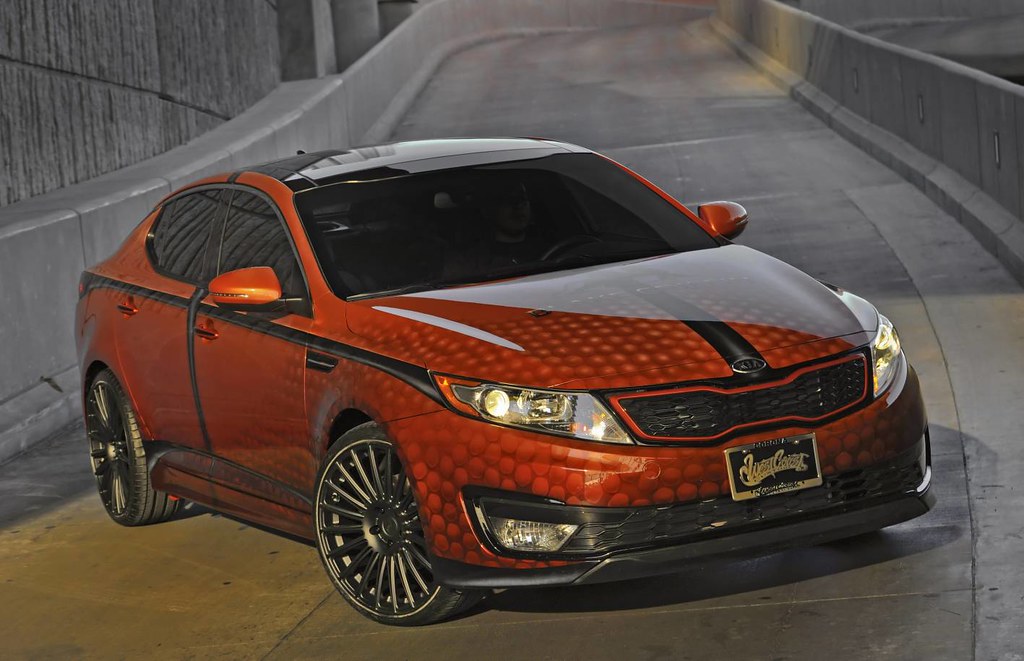
5. **A Global Gap: How U.S. Ratings Lag Behind European Standards**The deficiencies of the NHTSA 5-Star Safety Rating Program become particularly glaring when compared to its international counterparts, especially the systems in place across Europe. NTSB Chair Homendy made a pointed, unfavorable comparison, emphasizing the far more comprehensive and progressive nature of European rating systems. In contrast to NHTSA, the European system already “includes ratings of forward collision warning and automatic emergency braking systems, lane departure warnings, lane keep assist systems, driver monitoring, and other active and passive component designed to also protect pedestrians and bicyclists.”
This significant disparity isn’t merely about a few additional items on a checklist; it reflects a fundamental difference in regulatory philosophy and commitment to advanced safety. The technologies that the European Union began mandating in 2022, and that Euro NCAP (the European New Car Assessment Programme) planned to rate in 2023, were only “now starting to be considered by NHTSA” according to Homendy’s 2022 remarks. This denotes a substantial lag, where features considered standard or legally required internationally are still under mere “consideration” in the United States.
The NTSB’s observation succinctly states: “The NCAP program will not fulfill its purpose of informing consumers unless NHTSA can keep pace with the emergence and development of safety technologies.” The global automotive landscape is rapidly evolving, with safety innovations emerging constantly. If the U.S. rating system remains tied to outdated methodologies, it not only compromises the safety of American consumers but also puts them at a disadvantage compared to international drivers who benefit from more rigorous and inclusive safety standards. The result is a skewed perception of safety that fails to align with global best practices.

6. **The Legacy Focus: NHTSA’s Primary Emphasis on Crashworthiness, Not Prevention**To fully comprehend the current limitations of the NHTSA 5-Star Safety Rating Program, one must understand its historical context and initial objectives. Launched in 1979, the program’s primary goal was to “give automakers an incentive to continually improve the crashworthiness of vehicles.” In this specific aim, it has been remarkably effective. Carmakers have indeed achieved significant engineering advancements, leading most modern passenger vehicles to earn top crashworthiness scores in NHTSA’s assessments. This very success, however, contributes to the program’s present-day inadequacy.
The core tests conducted by NHTSA—including the Frontal Crash Test, Side Barrier Crash Test, Side Pole Crash Test, and the Rollover Resistance Test—are all meticulously designed to evaluate how well a vehicle protects its occupants *during* or immediately *after* a collision. For instance, the Frontal Crash Test gauges structural integrity and injury probability in head-on impacts. The Side Barrier and Side Pole tests simulate T-bones and skidding into fixed objects, with detailed injury assessments on crash test dummies. The Rollover Resistance Test focuses on a vehicle’s propensity to tip over. All these are crucial for mitigating post-impact harm, but they fundamentally do not address pre-impact avoidance.
The inherent issue is not that these traditional tests are irrelevant; they absolutely measure critical aspects of passenger protection. The problem lies in their exclusive focus on crashworthiness. In a technological era where advanced safety systems can proactively prevent a crash from occurring, a rating system that primarily assesses protection *during* an impact is inherently incomplete and misleading. It creates a significant void, perpetuating the illusion that a high score in crash survival alone constitutes comprehensive vehicle safety in the modern automotive world. Consumers deserve a rating that reflects the full spectrum of safety, from active prevention to passive protection.
Our journey through the landscape of vehicle safety standards must continue beyond merely identifying the shortcomings of the federal system. To truly empower consumers, it’s essential to understand precisely what current tests measure, and crucially, to explore the more rigorous and forward-thinking evaluations offered by independent authorities. A genuinely informed purchasing decision requires delving deeper into the mechanics of crash testing and appreciating how evolving methodologies redefine what constitutes true vehicle safety.
Now, let’s peel back another layer of the NHTSA 5-Star program, not just its strategic focus, but the practical tests it conducts. While these tests are invaluable for assessing crashworthiness, their limited scope underscores the NTSB’s concerns about the program’s overall relevance in an era of advanced crash-avoidance systems. Understanding these specific evaluations clarifies exactly what a top 5-star rating *does* and *doesn’t* guarantee.

7. **Deconstructing NHTSA’s Crashworthiness Tests: What They Actually Measure**The National Highway Traffic Safety Administration (NHTSA) administers three primary crash tests and a Rollover Resistance Test, all designed to assess a vehicle’s ability to protect its occupants during or immediately following an impact. These evaluations form the bedrock of the 5-Star Safety Ratings Program, assigning scores from 1-Star (least safe) to 5-Star (most safe) for individual tests and an overall vehicle rating. While crucial, their focus remains squarely on impact survival.
The Frontal Crash Test, for instance, involves crashing a vehicle into a fixed barrier at 35 mph. This test meticulously evaluates structural integrity and the likelihood of passenger injury in a head-on collision, using adult-sized dummies in both the driver and passenger seats. Injury assessments are detailed, focusing on critical areas such as the head, neck, chest, and legs, providing vital data on how well the vehicle structure manages energy during a direct impact.
Next, the Side Barrier Crash Test is engineered to simulate a T-bone collision, where a 3,015-pound moving barrier rams the stationary test vehicle’s driver’s side at 38.5 mph. This scenario gauges occupant protection during a side impact, with dummies in the driver’s seat and directly behind the driver, assessing injuries to the head, chest, abdomen, and pelvis. Similarly, the Side Pole Crash Test simulates a vehicle skidding sideways into a telephone pole, impacting the driver’s seating position at 20 mph and a 75-degree angle, evaluating injuries to the head, chest, lower spine, abdomen, and pelvis of a small adult dummy.
Finally, the Rollover Resistance Test stands apart as it’s not a crash test at all. Instead, it utilizes a measurement known as the Static Stability Factor to determine a vehicle’s propensity to tip over during severe driving maneuvers. This assessment primarily considers how top-heavy a vehicle is, offering insight into its stability characteristics rather than its crash performance, completing NHTSA’s suite of evaluations for vehicle safety.

8. **The IIHS Difference: An Independent, Evolving Standard for Safety**While NHTSA provides a baseline, consumers seeking a truly comprehensive understanding of vehicle safety must turn to the Insurance Institute for Highway Safety (IIHS). As an independent, nonprofit authority, the IIHS distinguishes itself through rigorous, unbiased testing and an unwavering commitment to continually redefining safety standards, often leading the industry rather than merely reacting to it. Their evaluations are not influenced by advertising, providing objective assessments that complement, and in many ways surpass, NHTSA’s focus.
The IIHS doesn’t issue a single combined overall score like NHTSA’s 5-star rating. Instead, it employs a grading system of Good, Acceptable, Marginal, and Poor for individual tests and specific injury measures within those tests. This granular approach provides a much more detailed picture of a vehicle’s strengths and weaknesses, allowing consumers to understand precisely where a vehicle excels or falls short in various crash scenarios and safety-related features.
What truly sets the IIHS apart is its dynamic and evolving testing methodologies. Recognizing that the automotive landscape is constantly changing—with heavier, faster SUVs and new technologies—the IIHS regularly updates its tests. This includes, for example, recently revising its side test to better reflect the weight and velocity of today’s SUVs, ensuring that its assessments remain relevant and push manufacturers towards continuous improvement in real-world safety.
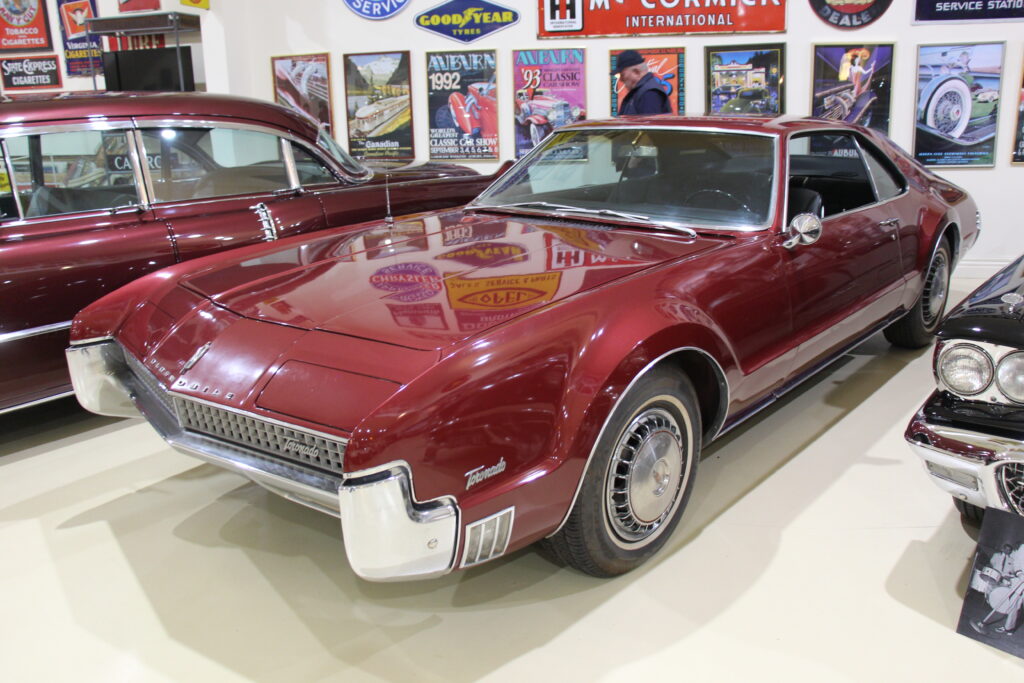
9. **Unpacking IIHS Crash Tests: Beyond the Basic Impact Scenario**The IIHS conducts a battery of highly specific crashworthiness tests that delve into scenarios often overlooked by traditional evaluations, pushing automakers to design more robust structures for a wider range of collision types. As of May 2024, the IIHS performs five distinct tests across three crashworthiness categories, often evaluating both driver and passenger protection with meticulous detail.
One of the most impactful IIHS innovations is the Small Overlap Front test, conducted on both the driver’s and passenger’s sides. This rigorous evaluation simulates a crash where only a small portion of the vehicle’s front corner—approximately 25%—strikes a barrier, representing impacts with objects like trees or utility poles at 40 mph. For the driver-side test, an adult-size dummy’s head, neck, chest, hip, thigh, lower leg, and foot injuries are assessed. The passenger-side variant is even more stringent, evaluating injuries on dummies in both the driver and passenger seats, ensuring equitable protection across the vehicle’s front.
The Moderate Overlap Front: updated test, as the original IIHS frontal crash assessment, simulates an offset frontal crash between two vehicles. In this scenario, 40% of the vehicle’s front strikes a deformable barrier at 40 mph. Critically, this updated test includes an adult-size dummy in the driver’s seat and a smaller dummy representing a 12-year-old child in the seat directly behind the driver, with injury evaluations conducted for both. This expanded assessment highlights the IIHS’s commitment to rear-seat occupant protection, a crucial consideration for families.
The Side: updated test further exemplifies the IIHS’s continuous evolution. This new standard uses a heavier (4,200 pounds) but lower ram, crashing into the driver’s side of the test vehicle at 37 mph. The increased mass of the ram better reflects the impact of modern SUVs and pickup trucks. Similar to the original side test, it utilizes two dummies in the front and rear driver’s side seating positions to thoroughly evaluate head, neck, torso, and pelvis injuries, pushing vehicle designs for enhanced side-impact resilience.

10. **Broader Horizons: IIHS’s Crucial Supplementary Evaluations**Beyond direct crashworthiness, the IIHS understands that true safety extends to preventing collisions and protecting all road users. This is why their evaluation criteria include several other crucial components and systems that actively contribute to a vehicle’s overall safety profile, offering insights that NHTSA’s 5-star program traditionally overlooks. These additional tests are vital for identifying vehicles equipped with the latest preventative technologies.
A significant area of IIHS focus is front-crash protection, specifically how well a vehicle’s frontal-crash-avoidance systems perform in detecting and mitigating collisions with both other vehicles and pedestrians. These evaluations include two distinct tests for each category, conducted at 12 mph and 25 mph, with scoring designated as Superior, Advanced, and Basic. For pedestrian protection, the IIHS employs three unique scenarios: an adult crossing in front, a child emerging from between parked cars, and an adult walking along the right side of the road with traffic. They even conduct a specialized night evaluation that repeats the adult dummy tests to assess pedestrian avoidance capabilities in low-light conditions.
Headlight effectiveness is another critical safety component rigorously evaluated by the IIHS. Using a scoring system of Good, Acceptable, Marginal, and Poor, they test headlight intensity and reach across different scenarios, providing consumers with objective data on a feature essential for nighttime visibility and accident prevention. Furthermore, the IIHS evaluates seatbelt reminder alerts for both front and rear seating positions, scrutinizing aspects like sound level, pitch, and duration, recognizing that effective reminders are crucial for encouraging seatbelt use.
Finally, the IIHS scrutinizes the LATCH (Lower Anchors and Tethers for Children) child-seat-tether systems in vehicles. This evaluation considers the locations and accessibility of lower anchors, ease of use, and other factors, acknowledging the paramount importance of secure child restraints. While the IIHS ceased rating roof strength, head restraints, and vehicle-to-vehicle front-collision avoidance for new models in 2023, their continued commitment to these broader safety aspects solidifies their position as a leading authority in comprehensive vehicle safety assessment.
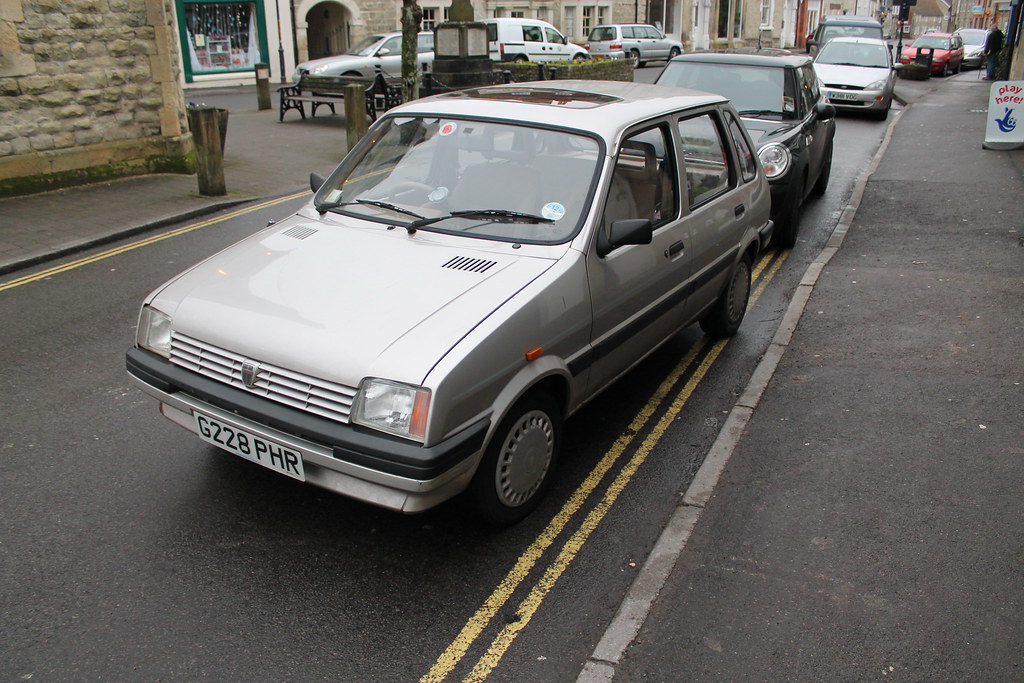
11. **The Gold Standard: Understanding IIHS Top Safety Pick Awards**For consumers seeking a streamlined way to identify vehicles that excel across a wide spectrum of safety criteria, the IIHS Top Safety Pick (TSP) and Top Safety Pick+ (TSP+) awards serve as powerful benchmarks. Introduced in 2006 and 2013 respectively, these annual lists highlight models that meet the most stringent safety performance standards, effectively setting the bar higher than federal requirements. Achieving these designations signifies a vehicle’s superior protection against crashes and its effective deployment of advanced prevention technologies.
To be named to the coveted TSP+ list for 2024, a vehicle must achieve “Good” ratings in three crucial crashworthiness tests: the driver-side small overlap front, the passenger-side small overlap front, and the side: updated tests. Additionally, it must earn a “Good” or “Acceptable” rating in the original moderate overlap front test, which now includes a child-sized dummy in the second row for more comprehensive evaluation. Beyond crash protection, the TSP+ award mandates a “Good” or “Acceptable” rating in the pedestrian front crash prevention test and requires “Good” or “Acceptable” headlights as standard equipment across all trim levels.
The distinction between the TSP+ and TSP designation for 2024 is subtle but important, reflecting the IIHS’s commitment to continuous improvement. While TSP+ requires the more rigorous updated moderate overlap test results, the IIHS allows older models with a rating of “Good” in the original moderate overlap test for TSP consideration. This nuanced approach ensures that both new and well-established models are recognized for their safety achievements, while also encouraging manufacturers to adopt the latest testing protocols and design improvements.
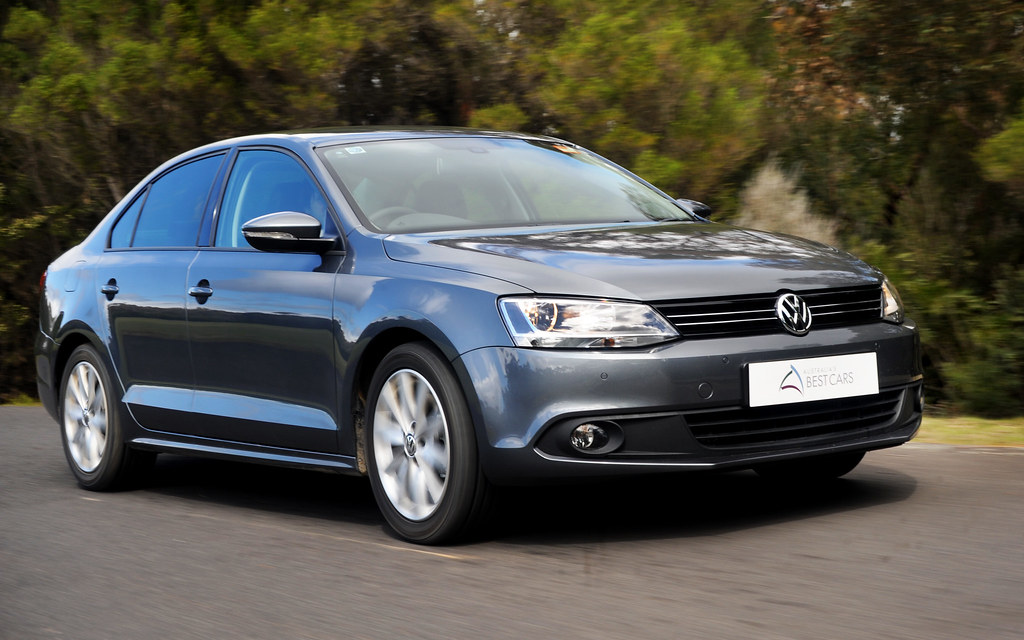
12. **Empowering Your Purchase: Actionable Steps for True Vehicle Safety**Navigating the complexities of vehicle safety ratings can feel overwhelming, but armed with a deeper understanding of both NHTSA and IIHS evaluations, consumers can make genuinely informed decisions. The most crucial takeaway is that a 5-star NHTSA rating alone provides an incomplete picture. True safety in today’s vehicles encompasses both robust crashworthiness and sophisticated crash-avoidance technologies, making it imperative to look beyond the Monroney label’s basic stars.
To identify genuinely safe vehicles, begin by consulting both the NHTSA and IIHS websites for comprehensive ratings. While the Monroney label offers a quick glance, the websites provide detailed scores for individual tests and technologies. Prioritize models that have earned the IIHS Top Safety Pick or, even better, the Top Safety Pick+ awards, as these designations signal superior performance across a broader and more rigorous set of safety criteria, including advanced active safety features.
When shopping, prioritize advanced safety technologies. Our advice is unequivocal: buy all of the advanced safety technology you can afford. This includes features like high-beam assist, lane-keeping assist, adaptive cruise control, front-rear park assist, blind-spot monitoring, and rear cross-traffic alerts. Pay particular attention to systems recommended by NHTSA, such as Forward Collision Warning, Lane-Departure Warning, and Automatic Emergency Braking (which NHTSA mandates for all new light vehicles beginning in 2029). These are the systems proven to actively prevent crashes or mitigate their severity.
Ultimately, your budget and specific needs—whether it’s a primary family vehicle or a weekend sports car—will shape your choice. However, when safety technology tops your list of must-have features, seek out models that include a bundle of safety tech in their base price, as many vehicles do for 2023. Remember, no matter a vehicle’s safety rating or the volume of advanced safety features, the key safety component is, and always will be, the driver. While technology can provide invaluable assistance, the most effective influence on safety is your commitment to avoiding dangerous situations altogether. Staying informed, driving responsibly, and prioritizing vehicles designed with comprehensive, forward-thinking safety in mind are your best defenses on the road.

